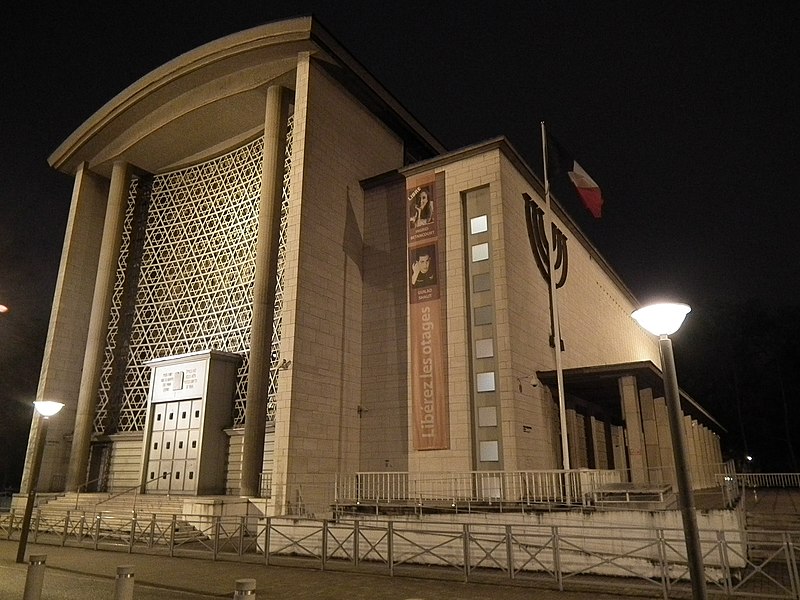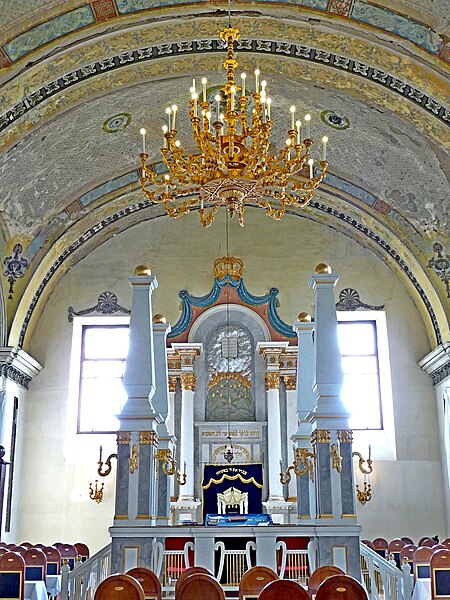
Because today, 13 May 2024, is Yom HaZikaron (Israel’s Memorial Day), and tomorrow, 14 May 2024, will be Yom HaAtzmaut (Israel’s Independence Day), I decided to share some of my photos illustrating what these holidays mean, and the history behind them.
Above are some of the graves from Mount Herzl Cemetery in Jerusalem, honoring fallen soldiers. Just about everyone goes to at least one cemetery to pay respects on Yom HaZikaron, and there are databases of soldiers with no family (e.g., Holocaust survivors who died in the War of Independence after losing their entire families), so everyone will be remembered by someone.

The grave of Hannah Senesh (Chana Szenes), who was born in Budapest on 17 July 1921 and immigrated to Pre-State Israel in 1939. She enlisted in the British Women’s Auxiliary Air Force in 1943, and on 14 March 1944, the day the Nazis invaded Hungary, she and two other servicepeople parachuted into Yugoslavia.
Though her companions decided to bail on the mission as too dangerous, Chana continued on the journey to Hungary, where she hoped to make an effort to help with rescuing her mother and brother. The parachutists were captured by Hungarian gendarmes (who were in league with the Nazis) and discovered as members of the British armed forces.
Chana was taken to prison and severely tortured for days, but she refused to name names, even when her mother was arrested. The fascist Arrow Cross murdered her on 7 November 1944 after a show trial.
To this day, she’s lauded as a great shero of the Jewish people.




The above four photos show what little of the Jerusalem War Cemetery I was able to see from the outside on my Birthright trip in June 2005. We didn’t go in, but we were sitting a short distance away for a discussion. It’s obviously not a Jewish cemetery, but we have great respect for our sincere friends and allies.
Buried here are British Commonwealth servicemen who were killed during the Sinai and Palestine Campaign of the Middle East Theatre in WWI. Some Germans and Turks are also interred here, as well as a large memorial to 3,300 soldiers with no known graves.
And just to remind people, Syria-Palestina was a name coined by Hadrian in 135 as a humiliating punishment, to try to sever the indigenous Jewish connection to our land. It was revived as the Anglicized “Palestine” by British Christians in the late 19th century. Never was that ever the native Jewish name of our homeland, and Arabs didn’t begin calling themselves that till 1964!

Mount Herzl Cemetery is right next door to Yad Vashem, the Holocaust memorial museum, because they’re so intrinsically linked, just like Yom HaShoah and Yom HaZikaron. Yom HaShoah is a reminder of what happened because we didn’t have Israel as a safe haven, and Yom HaZikaron reminds us of the cost of having autonomy and self-determination in the world’s only majority Jewish country. Freedom is never really free.


I’m a pacifist because of my deeply-held beliefs, but I have the greatest of respect for those who made the ultimate sacrifice. The Arab world has launched so many sneak attack wars against Israel, there’s no choice but to have mandatory conscription. We need a large, strong military able to fight back at a moment’s notice.
In addition to honoring war dead, Yom HaZikaron also remembers victims of terrorist attacks. It makes me so angry to see these woke brats in their little tent cities on college campuses chanting for intifada. They weren’t even alive during the Second Intifada, when over 1,000 Israelis were murdered in suicide bomb attacks in buses, malls, discos, cafés, restaurants, stores, hotels, outdoor markets, bus stations, and streets.
My senior year of university was during the height of the Second Intifada, and it was absolutely terrifying to hear about all these deadly attacks, often multiple times a week. We were warned not to go on any buses during my Birthright trip because that potential danger still existed in June 2005.

Independence Hall in Tel Aviv was originally the home of the city’s first mayor, Meir Dizengoff. On 14 May 1948, David Ben-Gurion proclaimed our reborn independence eight hours before the British were due to finally leave. It’s very moving to listen to the recording of this meeting, which includes Rabbi Yehudah Leib Maimon (né Fishman) saying the Shehecheyanu, a blessing thanking God for preserving our lives and enabling us to reach this joyous occasion.
This building was chosen for declaring independence because it had bomb shelter-like features, such as small windows high up on the walls. Almost as soon as the British left, Egypt starting bombing Israel, and was soon joined by Iraq, Jordan, Syria, Lebanon, Saudi Arabia, and Yemen.

Israel’s Declaration of Independence. The last surviving signatories were Zorach Warhaftig (1906–2002) and Meir Vilner (1918–2003).




The proposed U.N. partition plan of 1947, which would’ve given the Arabs a state in the yellow areas. They rejected this plan and instead launched a genocidal war against us.




We’ve triumphed over our enemies so many times, and stubbornly insist on surviving despite everything. This latest attempt to destroy us won’t succeed either.












































